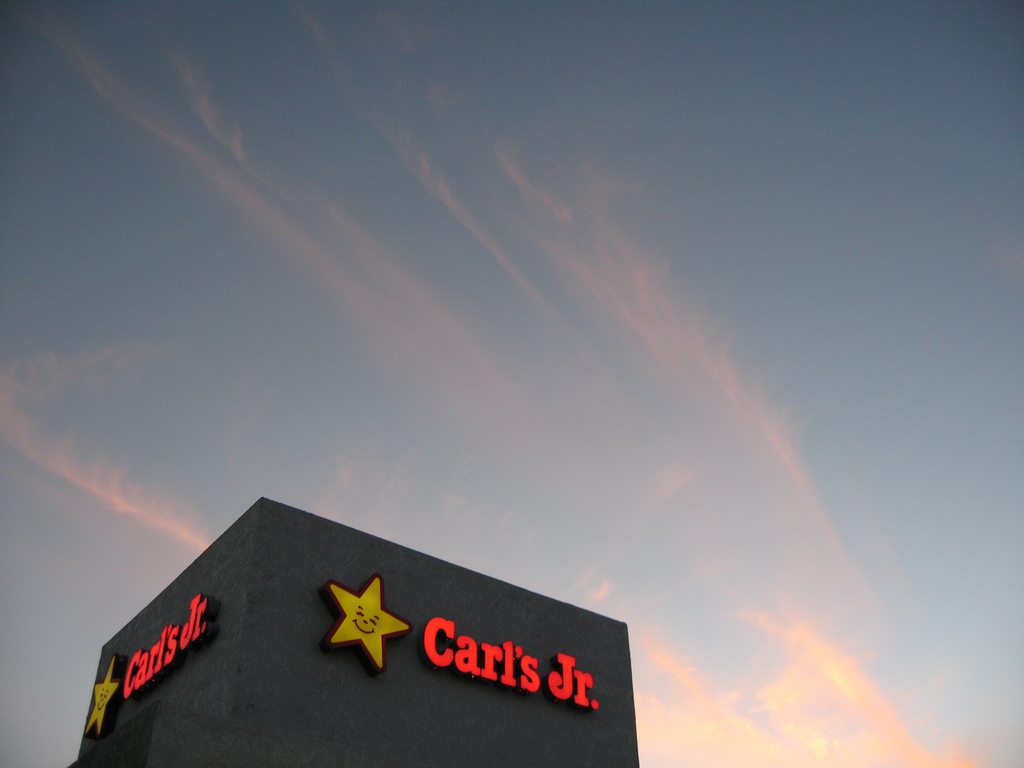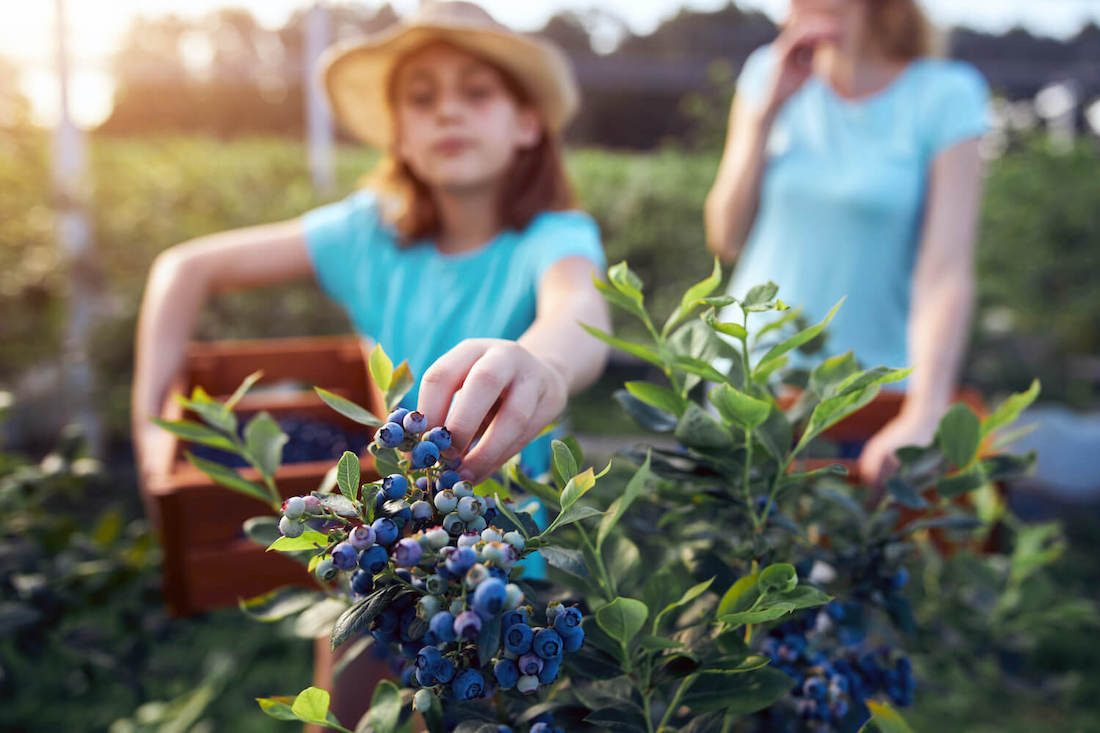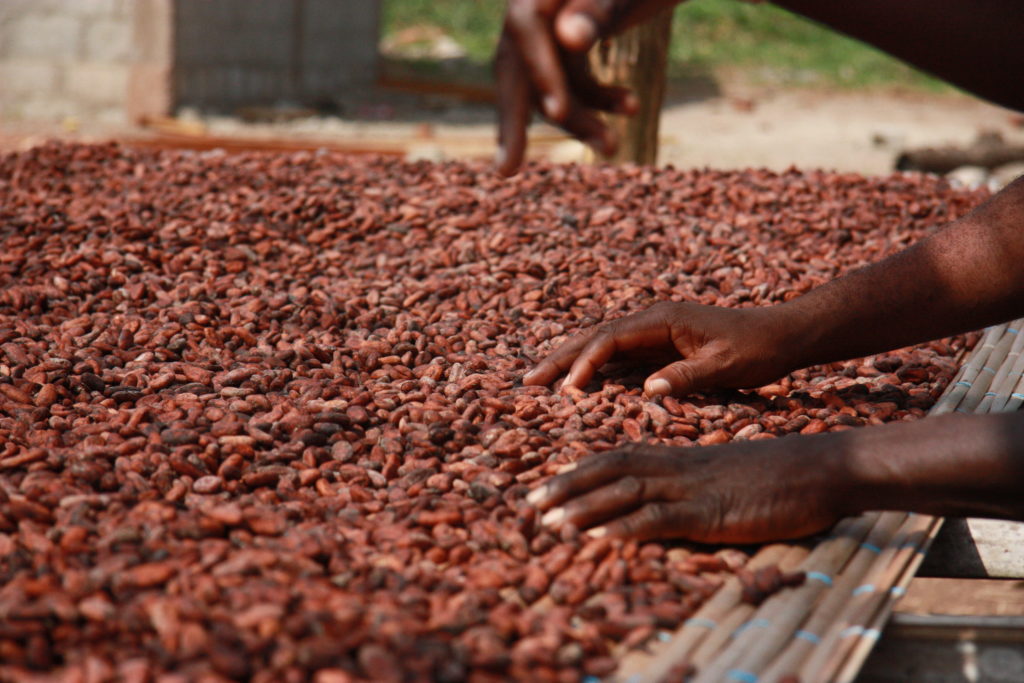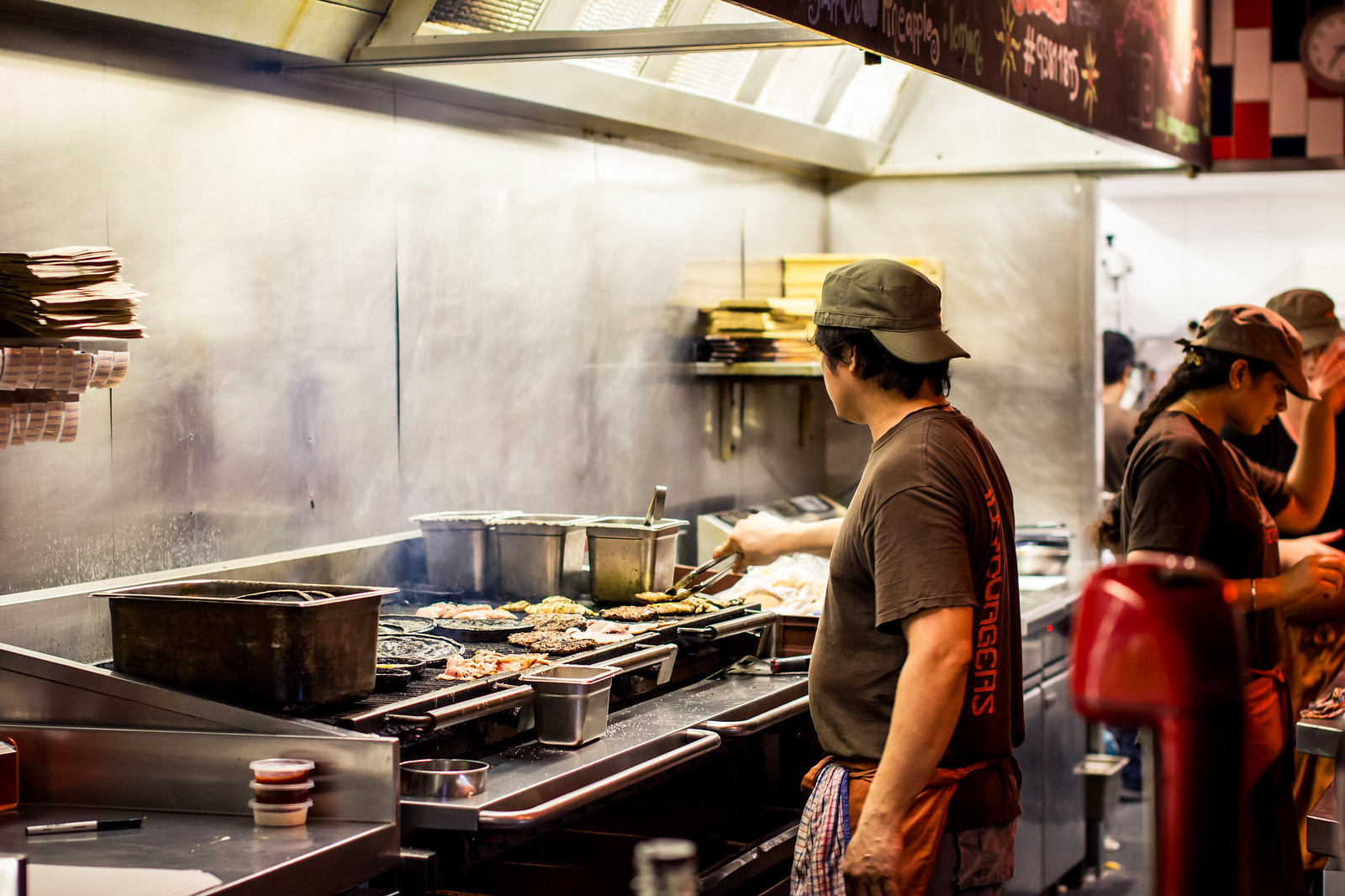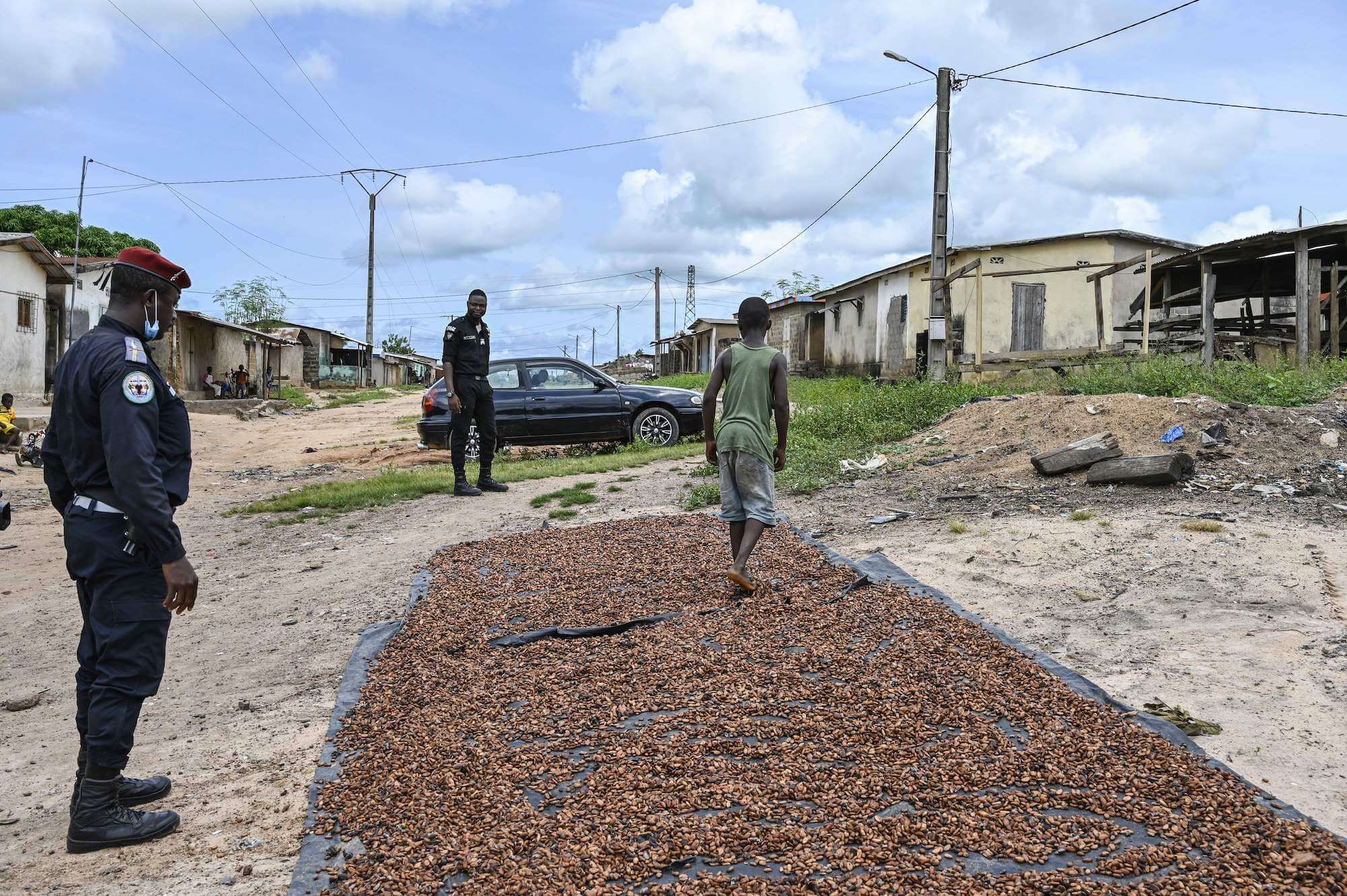
SIA KAMBOU/AFP via Getty Images
The Supreme Court is set to rule on a case that could disrupt Big Chocolate and change corporate accountability.
Chocolate brought Americans sweet respite in 2020—more than usual, according to recent research into pandemic purchasing. But the great irony in our chocolate indulgence is that it’s also a product borne out of great suffering.
Pictured above: Two Ivorian police officers walk toward a child drying cocoa during an operation to remove children working on cocoa plantations.
The epicenter of this reality is West Africa, where 70 percent of the world’s cocoa is grown and child laborers as young as 5 years old work in conditions that are deemed hazardous and, in some instances, tantamount to enslavement.
But this ongoing and well-documented concern may finally have reached an inflection point. Within the next few weeks, the U.S. Supreme Court is expected to rule on a pair of consolidated cases known as Nestlé USA, Inc. v. John Doe and Cargill, Inc. v. John Doe. Nestlé is one of the world’s biggest chocolate manufacturers and Cargill, the world’s largest cocoa bean processor.
Both corporations operate globally but have headquarters in the United States. They are being sued under the Alien Tort Statute (ATS) by six residents of Mali for what they claim is knowingly “aiding and abetting” international human rights violations against workers formerly involved in cocoa production in Ivory Coast (the world’s leading producer of cocoa).
The former workers allege that, when they were between the ages of 12 and 14, they were trafficked from their home country and enslaved on cocoa plantations in Ivory Coast. According to their lawsuit:
“Respondents were forced to work on Ivorian cocoa farms for twelve to fourteen hours per day, at least six days per week. They were not paid and were given only scraps of food to eat. Respondents were beaten with whips and tree branches when their overseers felt that they were not working quickly enough. They were forced to sleep on dirt floors in small, locked shacks with other children, and were guarded by men with guns to prevent them from escaping. Respondents witnessed other children who tried to flee the plantations being severely beaten and tortured. One Respondent, John Doe IV, tried to escape, and when the overseers caught him, they cut the bottoms of his feet and rubbed chili pepper into his wounds. He was also tied to a tree and beaten until his arm was permanently damaged. John Doe III witnessed small children who tried to escape being forced to drink urine. John Doe VI was severely beaten for working too slowly when he was sick and, like the other Respondents, his arms bear multiple scars from machete cuts he incurred while being forced to use the sharp tool to cut down and open cocoa pods.” (Nestlé USA, Inc. v. John Doe)
These Malian plaintiffs brought their lawsuit using “John Doe” pseudonyms out of fear of violent reprisals from their former traffickers, the owners of the farms where they were enslaved, and local cocoa buyers whom they allege are agents of the defendants, Nestlé and Cargill.
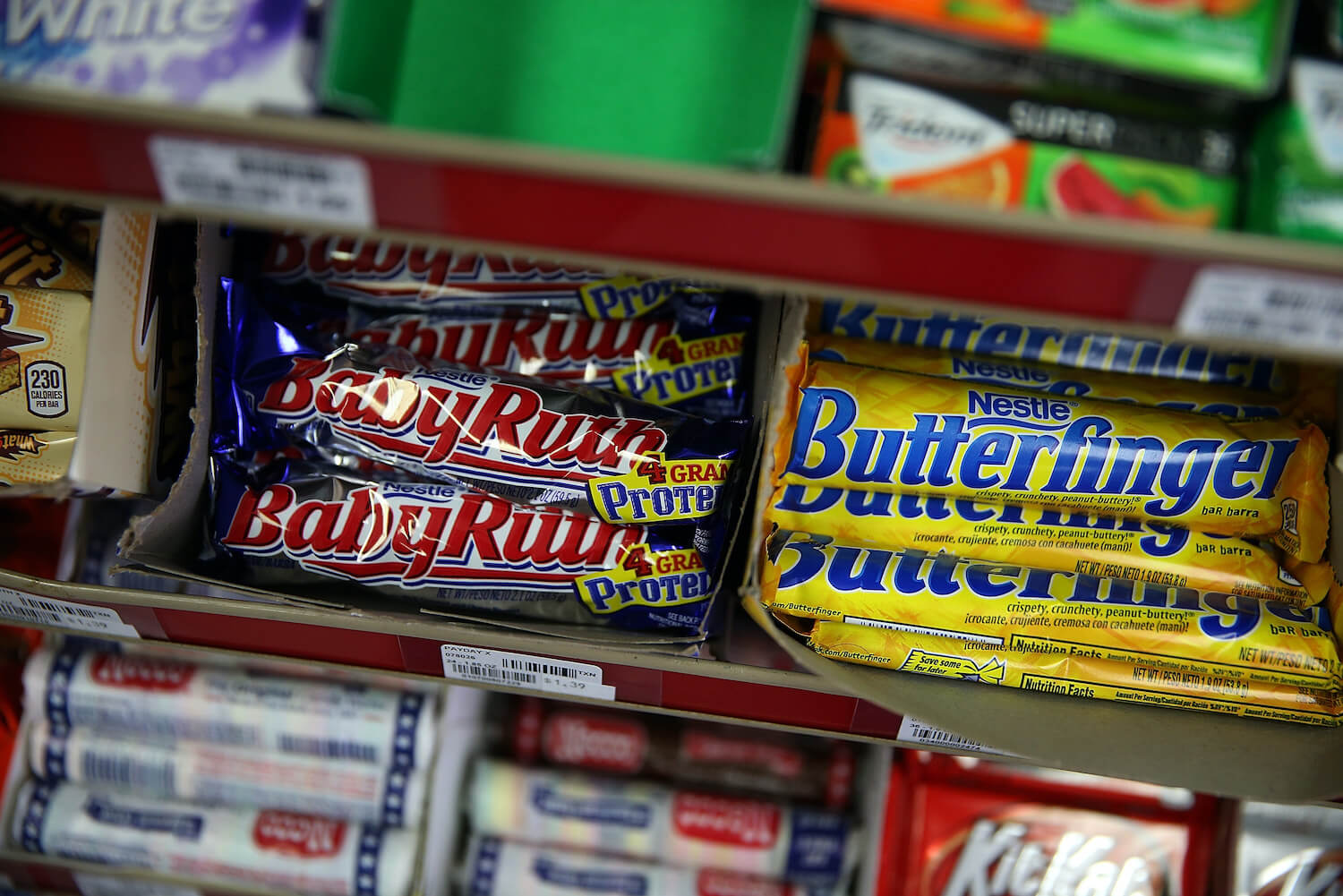
Nestlé is one of the world’s biggest chocolate manufacturers and is being sued under the Alien Tort Statute (ATS) by six former child cocoa workers, now residents of Mali.
Justin Sullivan/Getty Images
To put this in context, most of the small family farmers who grow cocoa live in extreme poverty and have long wrestled with exploitation of their land and labor. Deforestation due to cocoa production has increased in West Africa, as have rates of child labor. A recent study commissioned by the U.S. Department of Labor, shows an estimated 1.56 million children work in cocoa production in Ivory Coast and Ghana. In Ivory Coast alone—the country where these plaintiffs were allegedly trafficked—37 percent of children are engaged in hazardous work. This includes exposure to chemicals such as pesticides and fertilizers, the use of machetes and other sharp tools, carrying heavy loads of fresh cacao, and working long hours and into the night.
Although the majority of the farms where child labor and hazardous child labor occur are family farms (where children work alongside other family members), they are far from idyllic.
“This is not a farm with white picket fences and a nice driveway leading up to the barn where the cows are milked,” said Shawn Askinosie, the founder and CEO of Askinosie Chocolate in Springfield, Missouri. “These are places that, when we see them, make us cry.”
Macko Abdoulaye, a Malian professor and consultant who, since 1996, has been fighting child trafficking and child labor on cocoa plantations, has served as a liaison to plaintiffs in the upcoming Supreme Court cases. Although there are only six plaintiffs listed, Abdoulaye claims to have rescued dozens of children from cocoa plantations between 1996 and 2000. Despite promises to “fix this fundamental human rights issue,” he said, there has never been real change. “The trafficking always continued. The traffickers have only changed their route strategy.”
He is not mistaken. As recently as last month, 68 children—mostly from Burkina Faso—were rescued from cocoa plantations in Ivory Coast. A week later, 22 people were convicted of trafficking children to work on cocoa farms in Ivory Coast and received prison sentences of up to 20 years.
“This is not a farm with white picket fences and a nice driveway leading up to the barn where the cows are milked.”
The litigation under way in the Supreme Court could force even greater change. The ATS is a federal law first adopted in 1789 to enable “aliens” (foreign nationals) to bring lawsuits to U.S. courts for a “tort” (physical, legal, or economic harm for which a victim could be awarded financial compensation) in violation of international law. It was originally intended to “promote harmony in international relations” by ensuring that foreigners could seek remedy in federal courts for violations of international law, like piracy. But in 1980, the U.S. Court of Appeals for the Second Circuit decided that it had the authority to hear a case on the torture of a Paraguayan national at the hands of a Paraguayan police inspector who had relocated to New York (thereby expanding the ATS to include protection of international human rights).
In cases that followed, Amy Howe explains on SCOTUSblog, “the defendants in the cases resisted what they saw as efforts to make the United States, as Chief Justice John Roberts once put it, the ‘moral custodian’ of the world. And in 2004, the court indicated that the kinds of claims that can be brought under the ATS are relatively limited.”
The current John Doe cases date back to a complaint filed in the Central District of California in 2005. After a two-year suspension of the case, the District Court dismissed the claim in 2010, stating the ATS was not intended to hold corporations liable. In 2014, the U.S. Court of Appeals for the Ninth Circuit reversed the decision, stating that the ATS did allow for corporate claims. The defendants, again, appealed, and in 2017, the District Court dismissed the case once more, claiming the “extraterritorial application of the ATS” was not permissible.
One-third of children in Ghana and Ivory Coast’s cocoa-growing regions are involved in child labor.
In 2018, the Ninth Circuit reinstated the case, determining that the money paid to Ivorian farmers under the direction of defendants Nestlé and Cargill could qualify as “aiding and abetting” the human rights violations. Last July, the Supreme Court agreed to take up the petitions for review of the Ninth Circuit’s decision filed separately by Nestlé and Cargill.
The cocoa industry acknowledges child labor and trafficking are rife within its supply chain. Reports from the International Cocoa Initiative estimate that a third of children in Ghana and Ivory Coast’s cocoa-growing regions are involved in child labor.
Still, Cargill and Nestlé contest whether the harm that occurred abroad is within the scope of the ATS. They are pushing the high court to rule that domestic corporations can never be held to account under the ATS under any scenario, attempting to extend a recent high-court ruling that found foreign corporations are exempt from liability under the statute. The companies argue that the statute should only apply to individuals. It is important to note that, when the ATS was conceived, corporations as we know them did not exist. But in more recent rulings, SCOTUS has recognized corporate personhood, which grants companies property rights, permits them to enter into contractual agreements, and allows them to be sued just like human beings.
In oral arguments on behalf of both Nestlé and Cargill, attorney Neal Katyal argued, “The claim plaintiffs bring alleges something horrific, that locators in Mali sold them as children to an Ivorian farm where overseers forced them to work. [However] the defendants are not the locators, not the overseers, and not the farm.” He stressed that the plaintiffs’ claim does not show, with any specificity, how the companies caused direct harm.
“We’re arguing that all of the companies that have been working together help perpetuate a system that’s dependent on child slavery and are jointly liable for any slavery that occurs on one of their plantations.”
Terrence Collingsworth, a lawyer for the plaintiffs, maintains the Malian residents do have proof of harm, but emphasizes that further specificity should not be necessary when the defendants exert so much control over the supply chain.
“We did find evidence that the companies we’ve gone after were, in fact, using plantations where we found children. But we’re arguing that we don’t need to get to the plantation-specific level and say, ‘This kid here, working on this plantation, is picking beans for Nestlé.’ We’re arguing that all of the companies that have been working together since the Harkin-Engel Protocol help perpetuate a system that’s dependent on child slavery and are jointly liable for any slavery that occurs on one of their plantations and that the companies knowingly facilitated the use of child labor to keep prices low.”
The protocol that Collingsworth is referring to was established in 2001, when U.S. Senators Tom Harkin, a Democrat from Iowa, and Democratic Representative Eliot L. Engel from New York met with major chocolate companies and cocoa producers—including Nestlé and Cargill—and developed what became known as the Harkin-Engel Protocol on the Worst Forms of Child Labor in the Cocoa and Chocolate Industry. “This unprecedented framework agreement,” wrote Harkin, “will result in a credible, public certification system of industry-wide global standards within 4 years to attest that cocoa beans and all of their derivative products have been produced without any of the worst forms of child labor.”
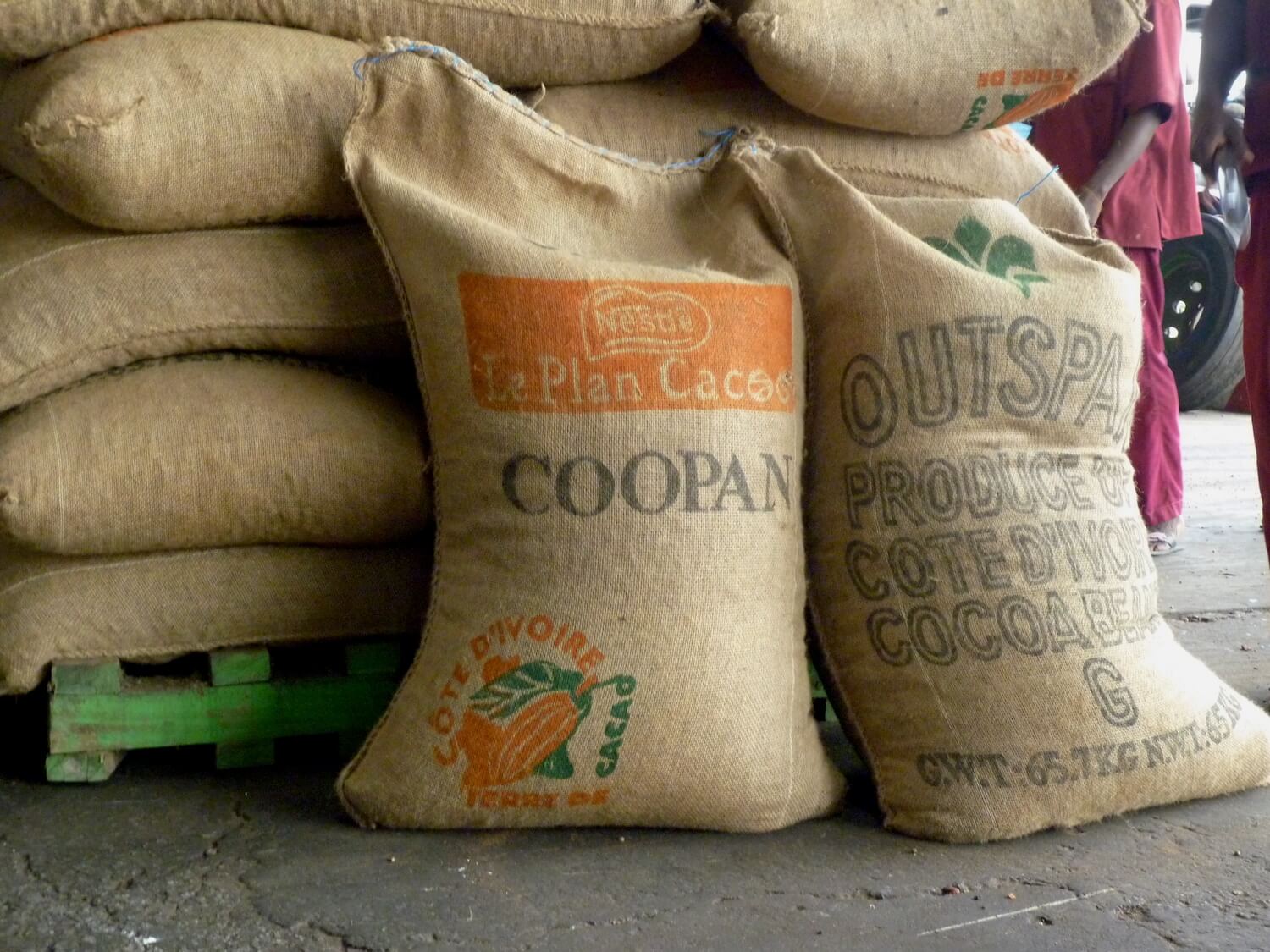
Hundreds of thousands of children continue to work under hazardous conditions, years after Nestlé and other corporations committed to solving the problem.
Flickr/Nestlé
Those plans did not come to fruition. Large-scale chocolate manufacturers and cocoa suppliers including Barry Callebaut, Cargill, Ferrero, The Hershey Company, Mars, Incorporated, and Nestlé signed on to the protocol, promising to hold themselves accountable and eradicate the problem. Yet they’ve continued to push the deadlines they themselves set: from 2005 to 2010, then to 2015, and, now, to 2025.
This shifting timeline is infuriating to Askinosie, who spent decades working as a criminal defense attorney before founding his eponymous chocolate company. “For 15 years, these Malian children have been trying to have their day in court. Big Chocolate was able to block them—no trial, no hearing, no jury, no evidence, nothing. It is illegal and immoral to use child slaves in your supply chain. Period.”
How do the plaintiffs respond? Defense attorney Katyal referred The Counter to a Nestlé spokesperson, who shared in an emailed statement that the lawsuit “does not advance the shared goal of ending child labor in the cocoa industry.” Child labor is “unacceptable,” the spokesperson wrote. And “that is why we are working so hard to prevent it.”
In Nestlé’s 2018 Responsible Sourcing Standard, the company explains, “We source via trade channels through our Procurement organization [sic] or directly from farmers via our Nestlé Farmer Connect Team. In both cases, Responsible Sourcing [sic] is a mandatory practice.” This includes strict limitations around child labor, including no work for those younger than 15 or before children have completed required education; that young workers should be employed in work that doesn’t expose them to harm and adds to their education; and they cannot do night or dangerous work.
“For 15 years, these Malian children have been trying to have their day in court. Big Chocolate was able to block them—no trial, no hearing, no jury, no evidence, nothing.”
Yet, child labor challenges persist. Nick Weatherill, ICI’s executive director, explains that this is because efforts at mitigation are “just not binary. It’s getting worse in some ways; it’s getting better in other ways.”
The ICI was created through the Harkin-Engel Protocol as part of industry’s acknowledgment that child labor was a pervasive problem and needed to be urgently addressed. The organization is funded by major chocolate manufacturers and cocoa processors, as well as governments and nongovernmental organizations. It has helped develop Child Labor Monitoring and Remediation Systems (CLMRS, which we detail in an earlier story) to identify and address child labor at its point of origin.
Nestlé’s CLMRS efforts are detailed in its Tackling Child Labor 2019 Report. To put the work in perspective, according to a report from the University of Chicago’s NORC research institution, approximately 790,000 children are involved in cocoa production in Ivory Coast, of which 770,000 are exposed to at least one component of hazardous child labor. Nestlé indicates that 78,580 children are being monitored using CLMRS and 15,740 have received at least one type of intervention to remedy past harm and prevent future exploitation.
Some of the remediations are significant, such as increased access to schooling and opportunities for adults in the household to diversify their income. Others—such as school supplies and wheelbarrows—are far more modest.
“The children of the years ’96, ’97, ’98, ’99, and 2000 are presently adults, but do you think for a moment that the traumas they faced in their childhood are gone forever?”
In May 2020, ICI released a study in which it stated, “the increase in child labour [sic] identification during 17 March to 15 May 2020 is related to the shock of COVID-19 and not due to a general trend.” Since the release of the NORC report, however, the organization now says that the rise in hazardous child labor and child labor overall is the result of increased production. “In areas that grow cocoa, child labor prevalence rates have gone up,” Weatherill said, “but they’ve gone up at a less steep rate than the growth in cocoa production and the growth in the number of households growing cocoa.”
Meanwhile, hundreds of thousands of children continue to work under hazardous conditions, years after Nestlé and other corporations confirmed the problem would be solved.
The Supreme Court is expected to make its final decision before its June recess. Regardless of how the justices rule in the Malian Joe Doe case, however, the fight is far from over. Last year, Collingsworth, on behalf of International Rights Advocates (the law firm he co-founded to hold domestic corporations accountable for human rights violations committed abroad), and the Corporate Accountability Lab filed a petition with the U.S. Customs and Border Patrol to ban the importation of cocoa and cocoa products made with child labor. And on February 12, 2021, they filed a federal class-action lawsuit on behalf of eight Malian men who allege they were also trafficked as children and forced to harvest cocoa in Ivory Coast for companies including Nestlé, Cargill, Mars, Mondelēz, Hershey, Barry Callebaut, and Olam.
While we wait to see what changes these court rulings might bring about, there are direct steps consumers can take to better understand labeling, as well as the brands behind the bars (information from Nestlé can be found here, and from Cargill, here).
Consumers can also consider purchases of “slave-free” chocolate from the 18 cocoa suppliers and chocolate makers who signed onto the amicus brief in support of the Malian children. “While Petitioners suggest that child trafficking in their supply chains is beyond their control,” they write, “[we] demonstrate this is not the case. To ensure that their supply chains are free of forced child labor, slave-free cocoa bean and chocolate companies employ several proven strategies to reduce supply chain risks. These include transparency down to the farm level, paying above Farm Gate [sic] and conventional market prices for cocoa, conducting due diligence through farmer relationships, and sourcing from low-risk environments.”
Every one of these decisions matter, Abdoulaye reminds us, and they have long-lasting consequences.
“The children of the years ’96, ’97, ’98, ’99, and 2000 are presently adults, but do you think for a moment that the traumas they faced in their childhood are gone forever? They have nightmares. Some remember how they were beaten, others how they were ordered by their traffickers to inflict severe punishment on other children. The impact is still there.”


